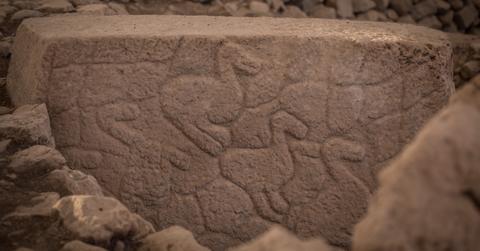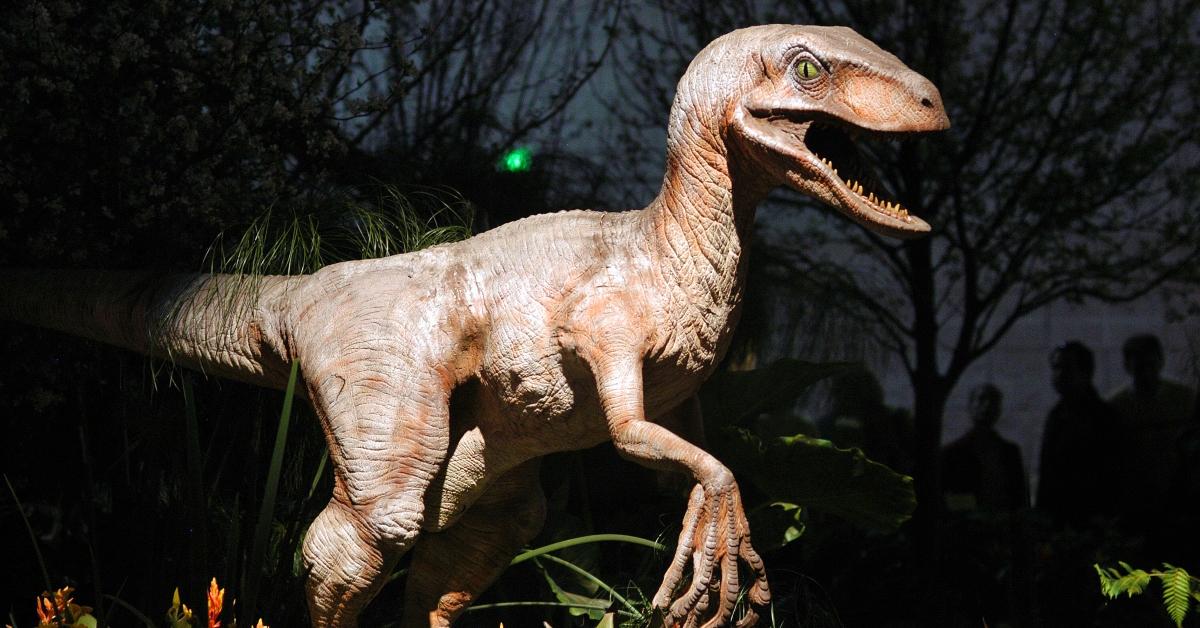Ancient Secrets Unveiled: Are the Gobekli Tepe Carvings Really Dinosaurs?
Published June 6 2023, 3:06 p.m. ET

The ancient archeological site Gobekli Tepe in Turkey is believed to be the world’s oldest temple and possibly an observatory. The stones at the site are estimated to be over 11,000 years old, which is older than Stonehenge by about 6,000 years.
Carvings on stone pillars at the Gobekli Tepe depict animals such as foxes, gazelles, cranes, boars, and even what some believe are dinosaurs. Yet, how can there be dinosaur Gobekli Tepe carvings if the dinosaurs went extinct long before the Gobekli Tepe was built?

Are there dinosaur carvings at Gobekli Tepe?
The strange animal carvings at the Gobekli Tepe are most likely not dinosaurs. The dinosaurs went extinct about 65 million years ago at the end of the Cretaceous Period. When the dinosaurs roamed the Earth, humans weren’t around to create carvings.
Also, dinosaurs weren’t discovered as a species until 1824 when English geologist William Buckland found the fossil remains of the first dinosaur, Megalosaurus. So early people of the Pre-Pottery Neolithic period wouldn’t even know what a dinosaur may have looked like to carve one.
If not dinosaurs, what are the Gobekli Tepe carvings?
In a Quora post dated around 2015, novelist Graeme Shimmin wrote that the animal carvings some believe to be dinosaurs may instead be birds or “stylized vultures.”
“Gobekli Tepe is an astonishing place, and the artwork is extraordinary for such an old site. It has carvings of foxes, lions, bulls, scorpions, snakes, wild boars, vultures, birds, insects, and spiders. There are also abstract shapes and one crude sketch of a naked woman... but I don't think there are any dinosaurs,” Shimmin wrote.
Myths about possible dinosaur carvings at the Gobekli Tepe could have been started by creationists trying to “reinterpret any old art that's even vaguely dinosaur shaped as a dinosaur in a half-assed attempt to prove that dinosaurs aren't millions of years old and therefore 'disprove' both that the earth is more than 6,000 years old and that evolution is real,” according to Shimmin.
What do the Gobekli Tepe carvings tell us about the people who created them?
Since many of the carvings at Gobekli Tepe depict animals like wild boars, foxes, and birds, researchers believe the artwork was made by the hunter-gatherers of the area, who believed that all living creatures have spirits, Astronomy reported in 2020.
Scientists have been puzzled by the carvings for many years. One pillar of particular interest and speculation is the Vulture Stone. Carvings on the Vulture Stone suggest a comet hit the Earth around 11,000 DC, killing thousands and triggering a mini ice age that forced humans to develop farming techniques, The Daily Mail reported in 2017.
The pillar’s carvings feature a headless man, a scorpion, and a vulture. Some believe the headless man symbolizes human disaster and extensive loss of life, as per The Daily Mail.
“One of its pillars seems to have served as a memorial to this devastating event – probably the worst day in history since the end of the ice age,” Dr. Martin Sweatman, from the University of Edinburgh's School of Engineering, told the news outlet. Sweatman led the research into the symbolism of the Vulture Stone.